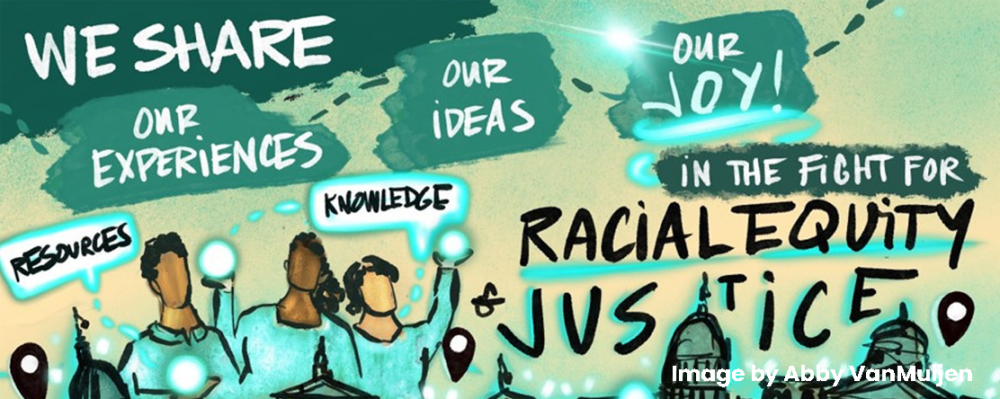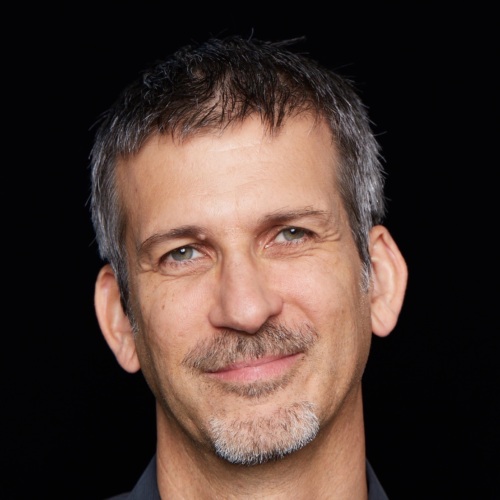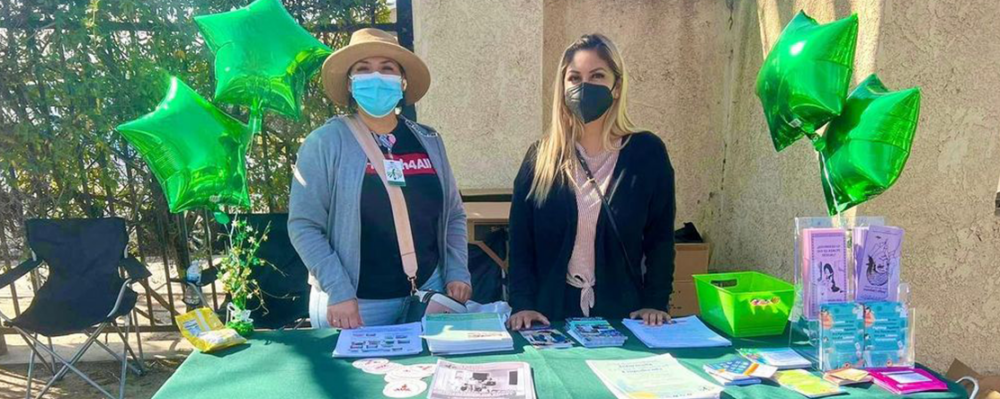
In the News
PHI’s Building H: Why Health Should Be A Bigger Component of Socially Responsible Investing
- Equities.com
-
Focus Areas
Chronic Disease Prevention, Healthy Communities -
Expertise
Health Education & Promotion -
Programs
Building H

“The health impacts of products produced by companies whose stock is held in top socially responsible and ESG impact funds are not being taken into account in a meaningful way, new research from the Public Health Institute shows.
PHI’s Building H researchers examined 10 of the largest SRI funds, along with five indexes and three ESG ratings providers, and found that there is virtually no correlation between how healthy a company’s products are and their inclusion in SRI/ESG funds or indexes, nor in a company’s ESG ratings.
“There is an urgent need to support more products and services that help people to live healthy lives. More than simply punishing companies whose products thwart these behaviors, ESG and socially responsible investors have the opportunity to fuel the growth of companies whose products can help build a healthier society,” PHI said in a post on its website announcing the results.
“Our health is quietly—yet significantly—shaped by the products and services we use every day. These products have a massive influence on individual behavior and, in aggregate, on the health of the public. Yet even investing that purports to support socially responsible ideals, like human health, fails to account for this impact,” the group said.
Among the key findings:
- Ten of the leading socially responsible or ESG mutual funds and ETFs had significant holdings (ranging from 9.8% to 31% of overall holdings) in companies whose products and services had net negative health impacts on their customers as measured by PHI’s Building H Index—a rating system that measures how products affect their consumers’ health.
- Companies whose products had a net positive or net neutral health impact (as measured in the Building H Index) made up only 0.57% of the aggregate assets of the 10 leading funds.
- Companies with net negative health impacts accounted for 40 times more of the aggregate assets held by the 10 leading funds than companies with positive or neutral impacts.
- There is no correlation between a company’s ESG or sustainability rating at any of three top ratings agencies and a company’s health impacts (as measured in the Building H Index).
- The methodologies for ESG ratings agencies have surprisingly limited engagement with the health impacts of products and services.
- There is a clear opportunity and imperative to bring measures of the health impacts of products and services to the socially responsible and ESG investment sector.

The responsible investing community has an opportunity to take the lead in drawing out which products and services influence health, and to develop and integrate metrics that assess those impacts. Most significantly, these investors and investment firms should work to apply these health-centric measures to their ratings methodologies and portfolio composition decisionsSteve Downs, S.M., B.S.
Co-Founder, Building H, Public Health Institute
Click on the link below to read the full article.
Originally published by Equities.com
More Updates
Work With Us
You change the world. We do the rest. Explore fiscal sponsorship at PHI.
Support Us
Together, we can accelerate our response to public health’s most critical issues.
Find Employment
Begin your career at the Public Health Institute.



